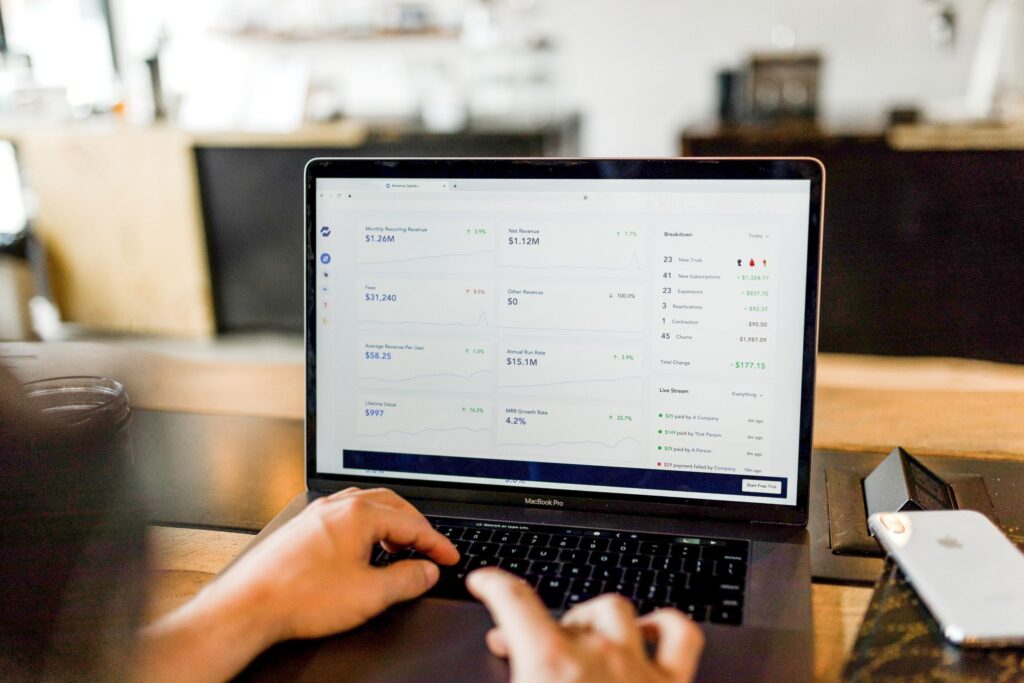
The Fed’s message at the Jackson Hole conference this year was brief and straightforward, emphasizing that monetary policy will continue to tighten. This is a stark contrast from last year’s meeting, where Powell spent a large portion of his speech discussing transitory inflation in the 1950s and hyperinflation in the 1970s. He also indicated that more data was needed to determine the nature of the inflation taking place at the time.
The Fed has just announced the third 75 bps rise in a row to a target interest rate of 3.00% – 3.25% in the late September FOMC meeting. According to the dot plot released at the meeting, the federal funds rate is expected to reach 4.375% by the end of this year. Until there is a major slowdown in inflation, it seems the Fed will continue to hike.
With just two more Fed meetings scheduled to take place in early November and mid-December, to reach the year-end projection of 4.375%, we are likely to see two more rate hikes, both by at least 50 bps.
At the moment, the 3-Month Treasury Rate was still slightly lower than the 10-year rate, not showing an inverted yield curve yet. However, if the federal funds rate keeps staying over 3%, there will be a much greater chance of an inverted yield curve. Historically, the U.S. economy would be facing a recession 6-12 months after an inversion, which means the July/August market rally was likely just a dead cat bounce.
While the U.S. is in its rate hike cycle, the Chinese economy has been sluggish. Pandemic restrictions may only ease after the 20th Party Congress, and it will take some time for economic activities to pick up after relaxed COVID measures. With many uncertainties still in the air, from the development of the Russia-Ukraine conflict to potential policy shifts after the Party Congress, it is hard for anyone to predict when the global stock market may bottom.
However, investors should avoid being overly pessimistic due to the currently gloomy market outlook. More people shifting towards a bearish market view usually implies a bottoming stock market. And now is the perfect time to do some homework, as opportunities are for those who are best prepared.
How to get prepared you may ask? We can start by analyzing stock market trends from two perspectives: the macro view and the micro view. The macro view focuses on how capital flows and economic cycles may affect the stock market, while the micro view is about analyzing the return on equity, operating margin, and debt ratio of the company, etc.
The overall return on equity (RoE) of China’s A-share market, both non-financial and financial stocks, has been on a downward trend over the past decade. The RoE for non-financial stocks has fallen from 10% in 2012 to 8% by the end of 2021. The main reason for this is that asset turnover has dropped from 0.91x to 0.68x. Companies had to use more assets to do the same amount of business as a result of excess capacity. As for the net profit margin, it has remained relatively stable at 4.5% over the past decade. Debt ratios have also remained relatively stable over the past decade after a sharp increase from 2008 to 2012.
According to the stock valuation formula, a fair price is determined in part by the discount rate (the lower the interest rate, the higher the price) and in part by the size of the dividend and the growth rate. Both of these are directly related to RoE, so companies with high RoE are usually valued higher as well.
In light of the present situation, if the asset turnover in China’s stock market slowly improves, we can expect RoE to improve at the same time. By then, another bull market shall begin.
Disclaimer
This document is based on management forecasts and reflects prevailing conditions and our views as of this date, all of which are accordingly subject to change. In preparing this document, we have relied upon and assumed without independent verification, the accuracy and completeness of all information available from public sources. All opinions or estimates contained in this document are entirely Zeal Asset Management Limited’s judgment as of the date of this document and are subject to change without notice.
Investments involve risks. Past performance is not indicative of future performance. You may lose part or all of your investment. You should not make an investment decision solely based on this information. Each Fund may have different underlying investments and be exposed to a number of different risk, prior to investing, please read the offering documents of the respective funds for details, including risk factors. If you have any queries, please contact your financial advisor and seek professional advice. This material is issued by Zeal Asset Management Limited and has not been reviewed by the Securities and Futures Commission in Hong Kong.
There can be no assurance that any estimates of future performance of any industry, security or security class discussed in this presentation can be achieved. The portfolio may or may not have current investments in the industry, security or security class discussed. Any reference or inference to a specific industry or company listed herein does not constitute a recommendation to buy, sell, or hold securities of such industry or company. Please be advised that any estimates of future performance of any industry, security or security class discussed are subject to change at any time and are current as of the date of this presentation only. Targets are objectives only and should not be construed as providing any assurance or guarantee as to the results that may be realized in the future from investments in any industry, asset or asset class described herein.



